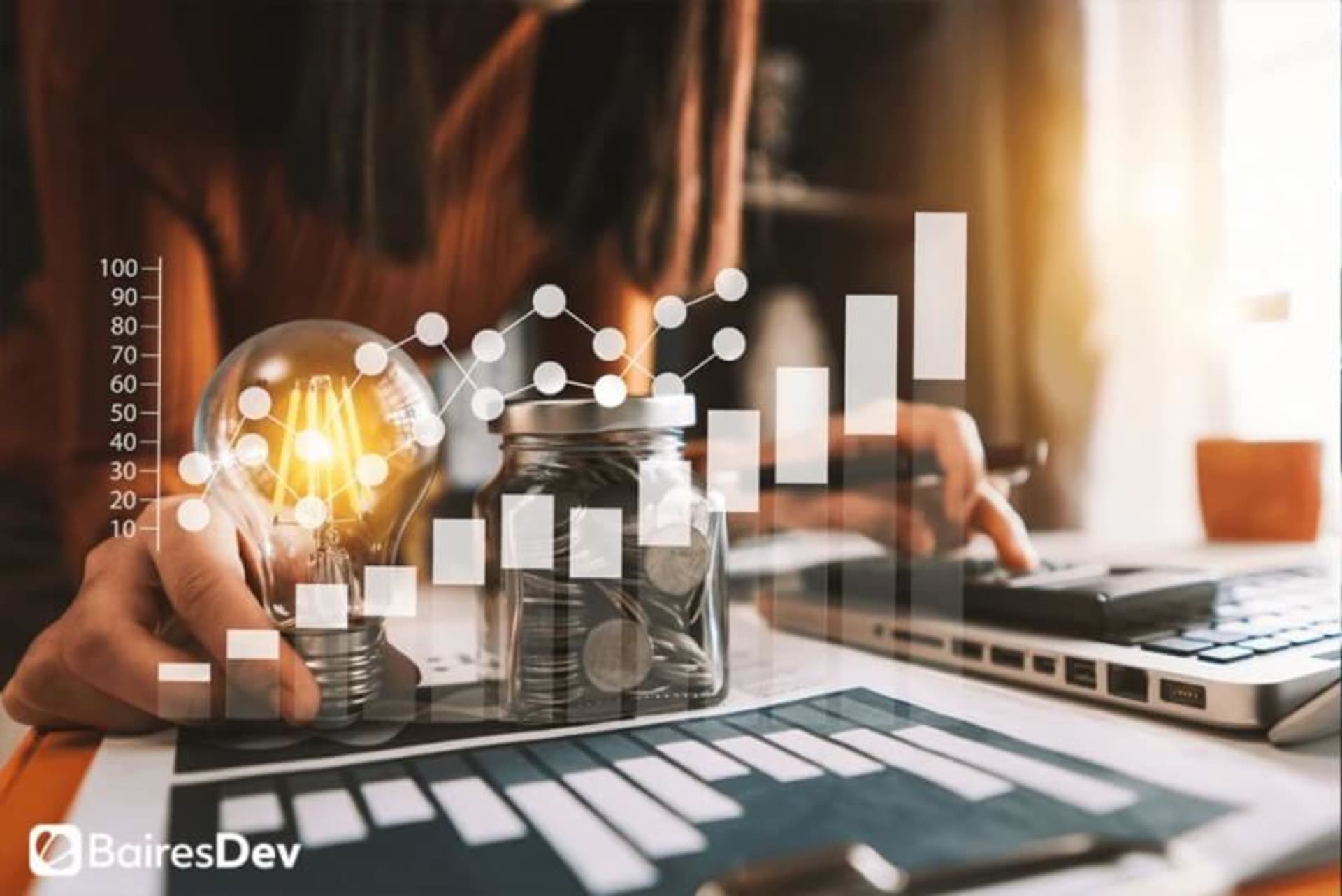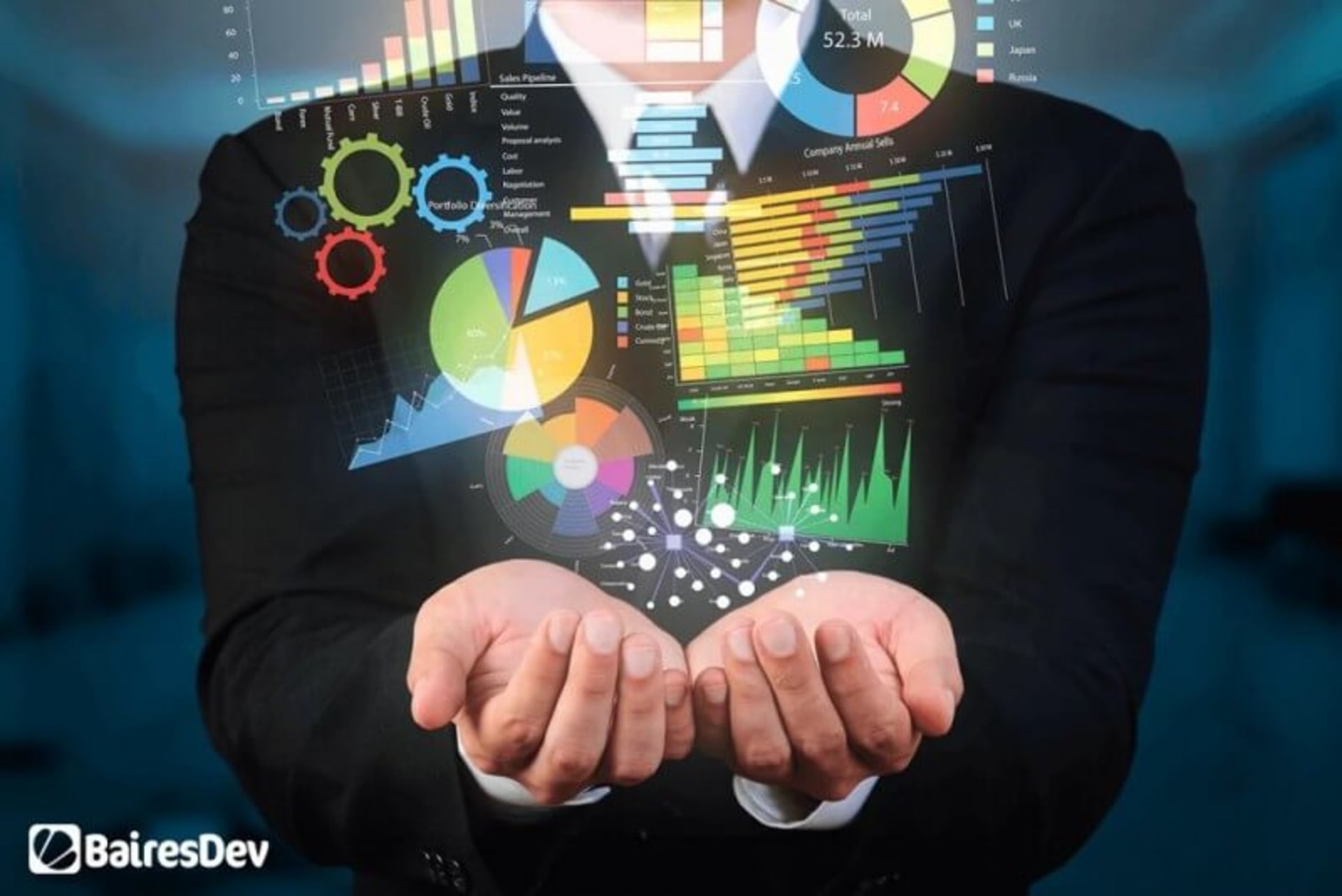Since it began its rise to ubiquitous commodity back in the last part of the 19th century, electrical energy has played an essential role in the development of our modern society. It has fostered industrial changes, given birth to countless new products and services, and basically reshaped our culture. Simply put, it’s impossible to conceive our lives without it.
That’s why so many researchers and experts are trying to look for new ways to optimize its generation and consumption. That’s because there’s vast room for improvement. Today, we are still using contaminating power stations, we have lots of bad habits that make us waste energy, and then there’s climate change, which is putting pressure on our energy demand.
In this context, it’s only natural for researchers to turn to cutting-edge technologies in the search for new solutions. Thus, emerging tech like artificial intelligence (AI), the Internet of Things (IoT), and blockchain are all transforming the energy field in fundamental ways. The combination of all of those could lead to optimizations in energy generation, system maintenance, power grid management, and domestic consumption.
Let’s see how each of them impacts the energy sector and how they are paving the way to smarter ways of generating, distributing and using it.
Artificial Intelligence in the energy sector
AI is becoming an increasingly popular presence in most industries – and the energy sector isn’t an exception. It makes sense. Through AI-powered platforms, energy operators, distributors, and consumers can learn a lot about their habits and gain deep insights that could lead to several improvements along the way.
Some of the most noticeable include:
- Optimized energy production: there are lots of ways in which AI can help in energy production – and several real cases to prove it. For instance, there are AI-powered adaptive controllers capable of suggesting optimizations in oil and gas as well as through sample analysis. Chevron is also using AI to find the best locations to drill new wells. There is even some AI software that is being developed to aid the wind and solar power industries through advanced weather forecasting that could maximize energy output during overcast or windless days.
- Better distribution: grid operators are using AI software to assess thousands of variables that come into play in energy distribution and consumption. Thus, factors such as fluctuating demand, changing weather conditions, equipment failures, and end-user energy input to the grid are analyzed by complex algorithms to predict the energy demand, anticipate potential problems throughout the grid, and offer suggestions on how to improve weaknesses across the distribution line.
- More efficient consumption: AI is also being used to track domestic energy consumption to provide a detailed report on what appliances use up the most energy and the costs they generate. Beyond the somewhat limited current smart meters, there are solutions like the ones developed by Verv, that take advantage of machine learning to identify the “energy vampires” in their user’s homes and offer improvements that could cut energy use by about 10%.
- Enhanced maintenance scheduling: AI is used across several industries to anticipate the equipment’s wear and tear and even predict when said equipment could break up or fail. In the energy sector, that’s also true but there’s more. Through the analysis of sensors located throughout the production and distribution lines, AI is capable of creating an enhanced maintenance schedule. By doing that, it will be possible to repair any component of the grid before it breaks down, extending the whole system’s life cycle and avoiding costly blackouts.
- Autonomous production: in what surely is the most impressive of AI uses in the energy sector, there are experts that predict that it’ll come a day when wind and solar farms could be built and run without the need for humans. Through a combination of self-driving vehicles and AI robots, these farms could be assembled in less time and run 24/7 by AI-powered agents.
The Internet of Things in the energy sector
Some people are referring to the use of IoT technologies in the energy sector as the “Internet of Energy” (IoE). The new term is used to talk about the technology used across energy systems with the goal of improving energy efficiency and reducing wastage. By using several IoT sensors and devices in key areas of the power grid, a number of possibilities for improvement start to pop up. The 2 most important among them include:
- Real-time adjustments to production according to demand: one of the most common problems in power generation and distribution is how much energy is wasted throughout the grid. By using IoT sensors in the distribution lines and in both households and businesses, power stations could gather data about energy demand fluctuations over time. Thus, they could anticipate the high and low peaks to adjust production accordingly, preventing the grid from wasting unused energy (especially that generated by renewable sources) or users from experiencing blackouts.
- Balancing energy demand: the market is seeing more and more IoT devices being introduced, and some of them really help in reducing the consumers’ energy demand. There are smart thermostats capable of reading a room’s temperature to optimize it according to the user’s habit. There are washing machines that power up only when there’s enough energy from a certain source available in the grid. There are refrigerators that monitor their energy consumption and alert when the device hits a certain peak. All of them and more help balance the energy demand from end-users by keeping it in check.
Of course, it’s also worth noting that the AI solutions mentioned above couldn’t be possible without IoT devices. The sensors installed across the production and distribution lines as well as in the end-user devices are the ones responsible for gathering the data needed for analysis that leads to AI-based improvement. This comes to show that smarter energy systems come from a combination of cutting-edge technologies and not just by its mere aggregation.
Blockchain in the energy sector
Blockchain development might sound like a buzzword for some or like a foreign technology that couldn’t possibly be applied to the energy sector for others. But the truth is that a recent study predicts that blockchain in the energy market is set to grow to $25 billion by 2024 – five times its current value! That means that the distributed ledger shows a lot of promise for the energy sector.
That becomes evident when looking at certain areas, including:
- Security concerns in energy networks: the interconnection and digitalization of the energy grid are pushing energy providers towards blockchain’s implementation. That makes a lot of sense given the huge amount of data that’s about to begin circulating in their networks, thanks to the popularization of IoT devices and AI solutions. By using blockchain’s decentralized and encrypted ledger, providers can rest assured that the sensitive data they are collecting can’t be tampered with, stolen or modified in any form.
- Microgrid creation and implementation: microgrids are local networks that tie together end-users that are producing their own energy through solar and wind methods and adding it to the grid. By using blockchain in these microgrids, it could be easier for those consumers to sell their surpluses and receive faster payments in a secure way. The idea behind it all is to foster the decentralization of the power industry and boost the adoption of renewable energy by the end-users.
- Renewable projects’ promotion: another way in which blockchain could benefit the energy sector is by fostering sustainable projects and facilitating the connection between investors and entrepreneurs. Greeneum is a great example of a blockchain-powered platform that lets contributors from around the world invest in renewable energy projects. Its basic premise is to ensure that valuable projects are funded – and that the investments that are made are done so in the most transparent way possible.
- Advancements in refined products trading: the trading of products from the oil and gas industries involves a lot of manual steps and procedures that need for different agents to deal with the same information to reconcile it. Through blockchain, that data could be made available to all parties at the same time, reducing the time requested to reconcile information, especially regarding volumes and prices. This, in turn, would positively impact the supply chain management for improved operation.
Some last words
As climate change keeps impacting our daily lives, the population across countries is still increasing, and the overall demand for energy rising non-stop, the need for a smarter energy sector will be felt by everyone involved. That’s what’s driving the implementation of cutting-edge technologies to improve processes in the production and distribution, as well as encouraging how people use devices in their own homes.
Thus, artificial intelligence, the Internet of Things, and blockchain are already beginning to work together to provide solutions to the challenges posed by our current context. It’s true that some of the things detailed here are still in its early stages of development or are just ideas. But, at the very least, they’ve all come to show that technology can be the answer to a pressing problem such as the energy issues of the modern world.
If you enjoyed this article, be sure to check out our other articles about Blockchain Technology:






